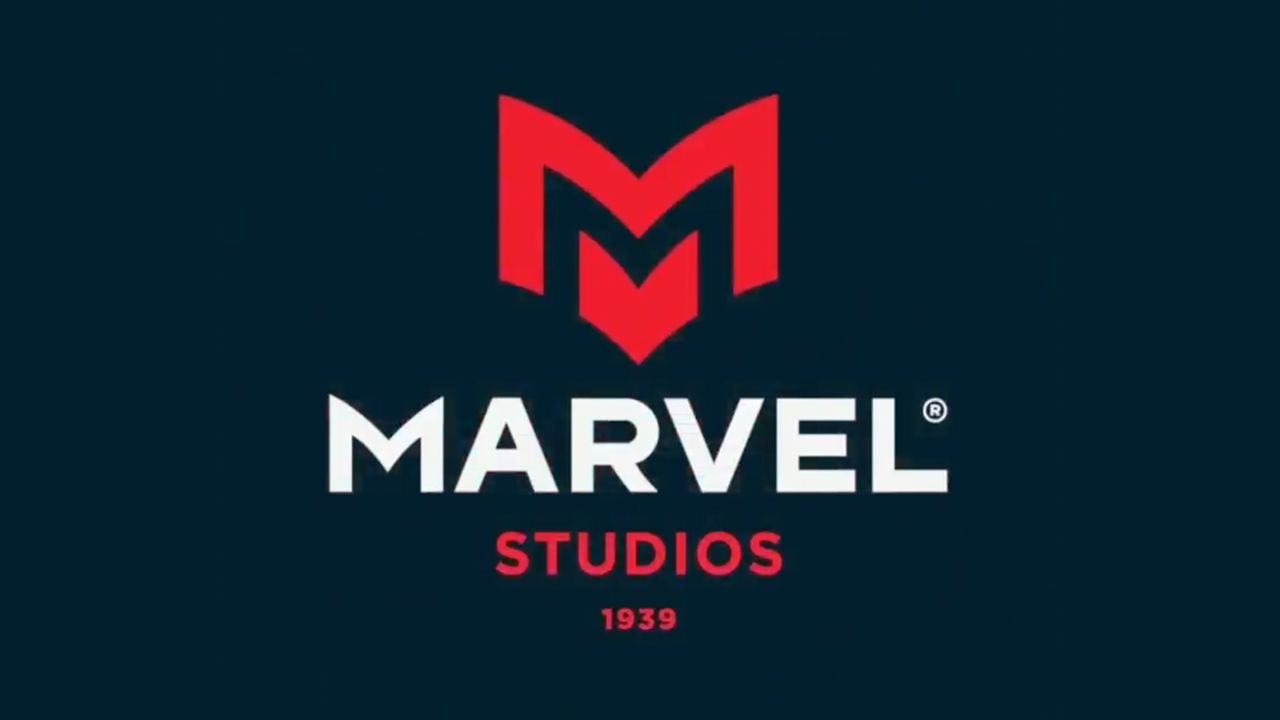Alors, Yo Moriyama dévoile enfin les coulisses de la création des designs des personnages pour "Sakamoto Days" sur Netflix. Qui aurait cru qu’adapter un manga classique nécessitait autant de créativité ? Peut-être qu’ils ont juste pris des images d'écrans et les ont retouchées, tout en ajoutant un soupçon de couleur flashy. On s'attendait à des designs qui nous feraient oublier le manga original, mais apparemment, il faut toujours un peu de "chic" pour le grand écran. Bravo à l'équipe pour avoir réussi à transformer des dessins en... eh bien, d'autres dessins !
#SakamotoDays #Netflix #Manga #Design #Humour
#SakamotoDays #Netflix #Manga #Design #Humour
Alors, Yo Moriyama dévoile enfin les coulisses de la création des designs des personnages pour "Sakamoto Days" sur Netflix. Qui aurait cru qu’adapter un manga classique nécessitait autant de créativité ? Peut-être qu’ils ont juste pris des images d'écrans et les ont retouchées, tout en ajoutant un soupçon de couleur flashy. On s'attendait à des designs qui nous feraient oublier le manga original, mais apparemment, il faut toujours un peu de "chic" pour le grand écran. Bravo à l'équipe pour avoir réussi à transformer des dessins en... eh bien, d'autres dessins !
#SakamotoDays #Netflix #Manga #Design #Humour













